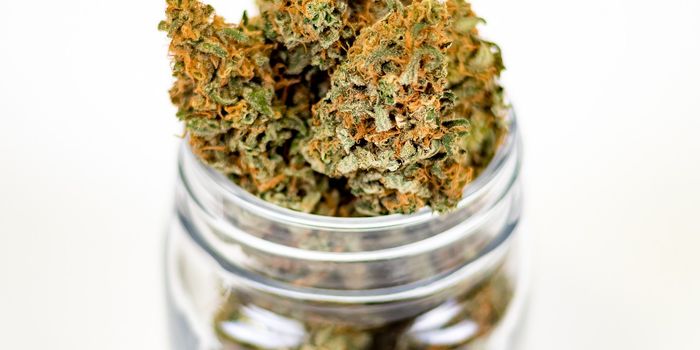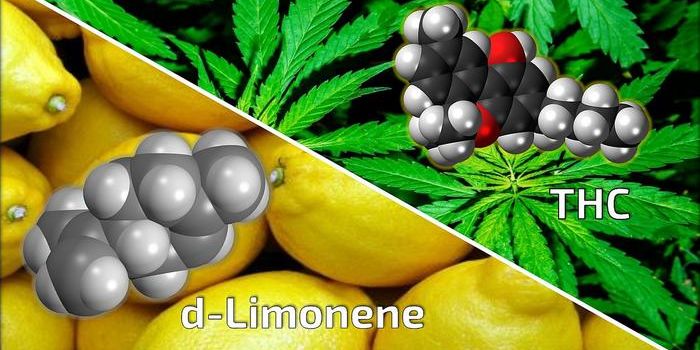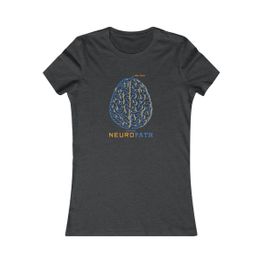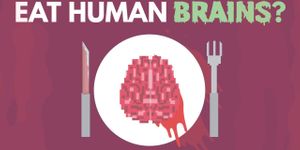Insight Into the Structure of Marijuana's Cannabinoid Receptor
A new publication in Cell has revealed the three-dimensional structure of the cannabinoid receptor, which is responsible for the “high” of marijuana intake. The work shows how the tetrahydrocannabinol molecule, THC, binds to cannabinoid receptor 1, a structure found mostly on nerve cells of the central and peripheral nervous system. The researchers note in their report that while marijuana primarily has a history of recreational use, it also shows promise in the treatment of pain management, substance abuse disorders, inflammation, and obesity. This work could also help disentangle the recreational high from the medicinal effects to establish a firm foundation for medical therapies. The research is outlined in the video below.
"With marijuana becoming more popular with legislation in the United States, we need to understand how molecules like THC (the psychoactive component of marijuana) and the synthetic cannabinoids interact with the receptor, especially since we're starting to see people show up in emergency rooms when they use synthetic cannabinoids," explained study co-author Raymond Stevens. Stevens is a Professor at the iHuman Institute, ShanghaiTech University and Provost Professor of Biological Science and Chemistry at the University of Southern California.
"Researchers are fascinated by how you can make changes in THC or synthetic cannabinoids and have such different effects," continued Stevens. "Now that we finally have the structure of CB1, we can start to understand how these changes to the drug structure can affect the receptor."
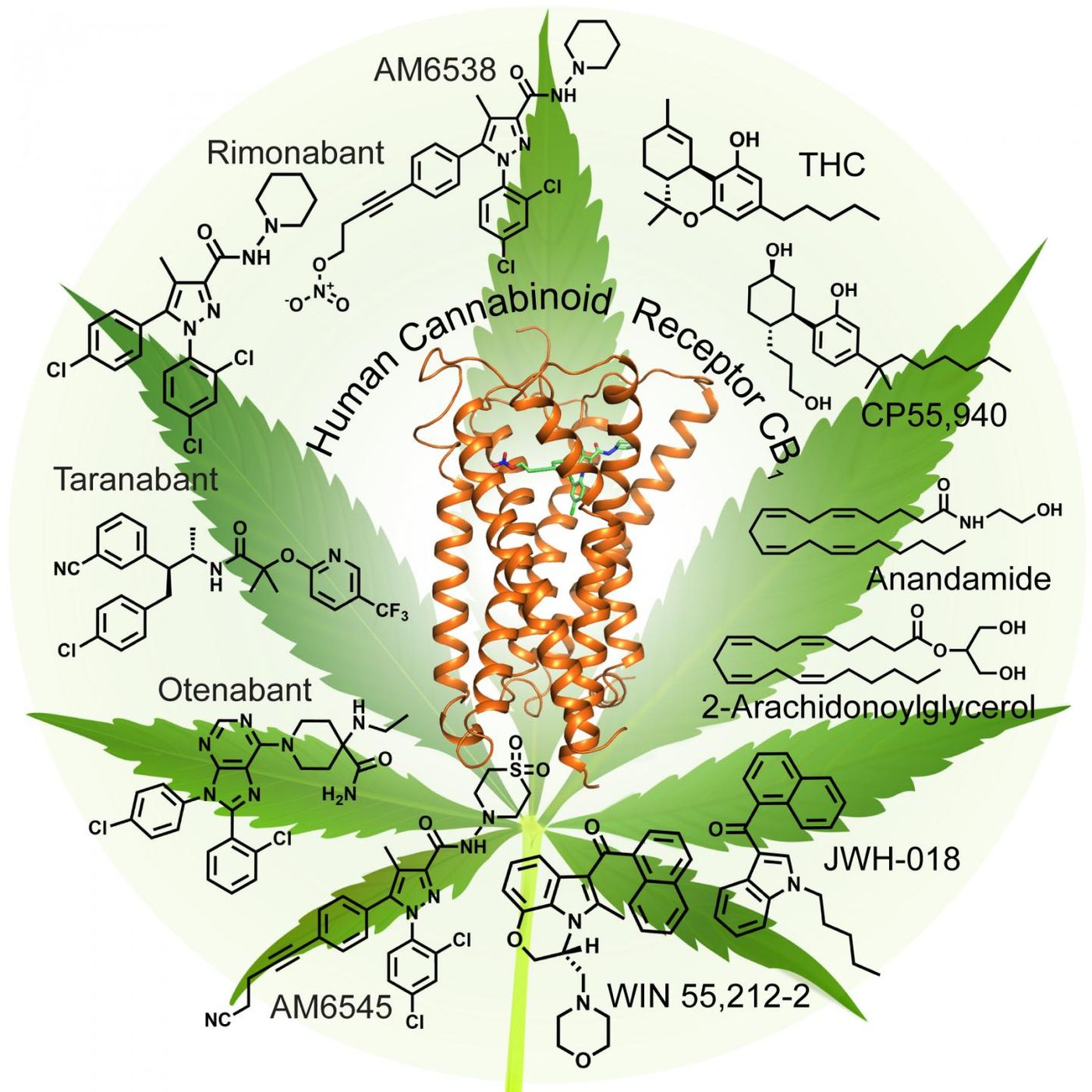
One cannabis-based drug developed as a treatment for obesity was removed from the market after it was shown that it could cause unintended side effects like depression, anxiety, and suicidal tendencies. Additionally, there is concern about side effects from synthetic cannabinoids, popularly known as Spice or K2. Those drugs are intended as a substitute for marijuana and were meant to produce a similar high. Promoted as a ‘safe’ alternative to pot, they have instead resulted in thousands of trips to the emergency room, especially for young males, according to the NIH. The drugs have produced symptoms such as elevated blood pressure, vomiting, racing heartbeat, seizures, as well as hallucinations.
"We need to understand how marijuana works in our bodies; it can have both therapeutic potential and recreational use, but cannabinoids can also be very dangerous," commented the co-leader of the study, iHuman Institute Professor Zhi-jie Liu. "By doing both the basic science and understanding how this receptor works, we can then use it to help people in the future."
Sources: Eurekalert!/AAAS via Cell Press, NIH, Cell
-
APR 30, 2024Immuno-Oncology Virtual Event Series 2024
-
MAY 07, 20243rd International Biosecurity Virtual Symposium
-
SEP 03, 2024Microbiology Week Virtual Event Series 2024
- See More





